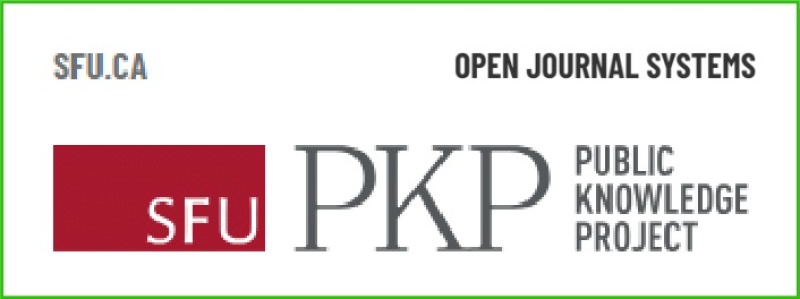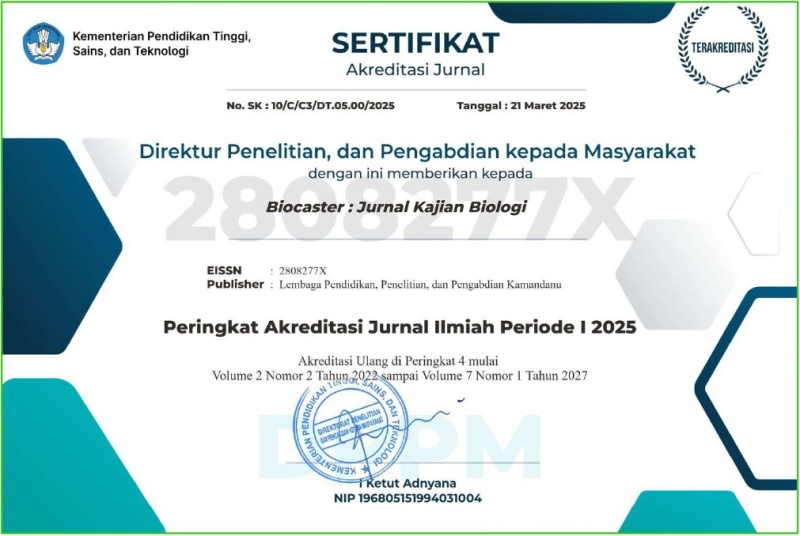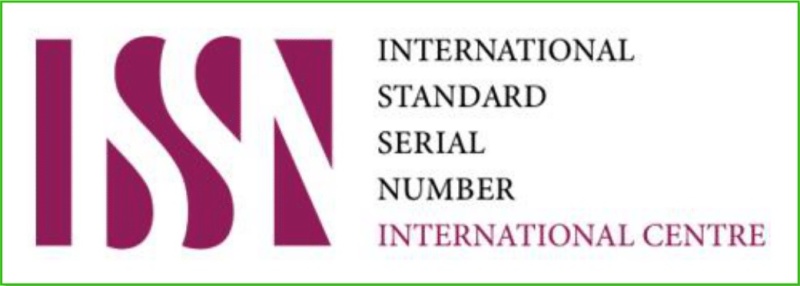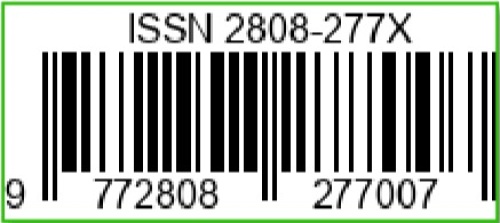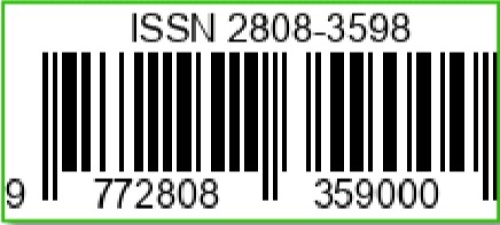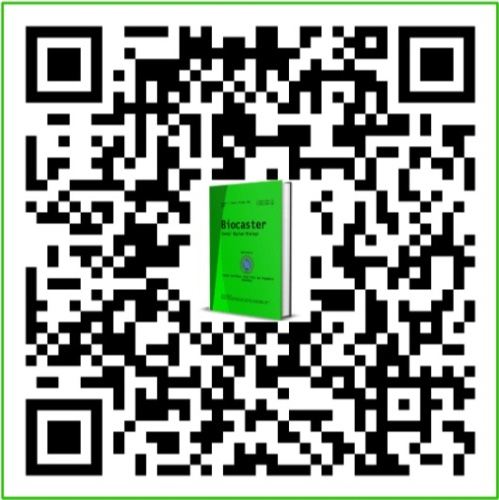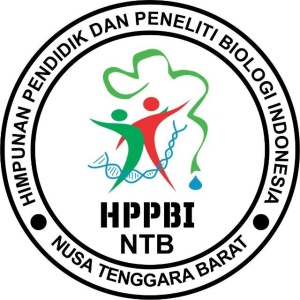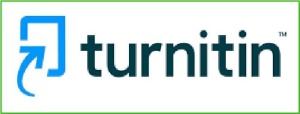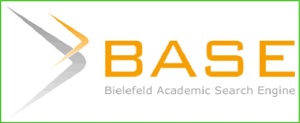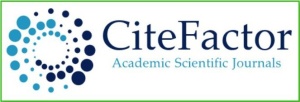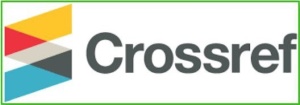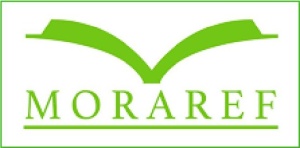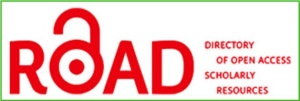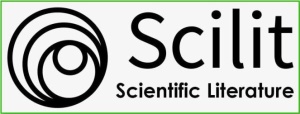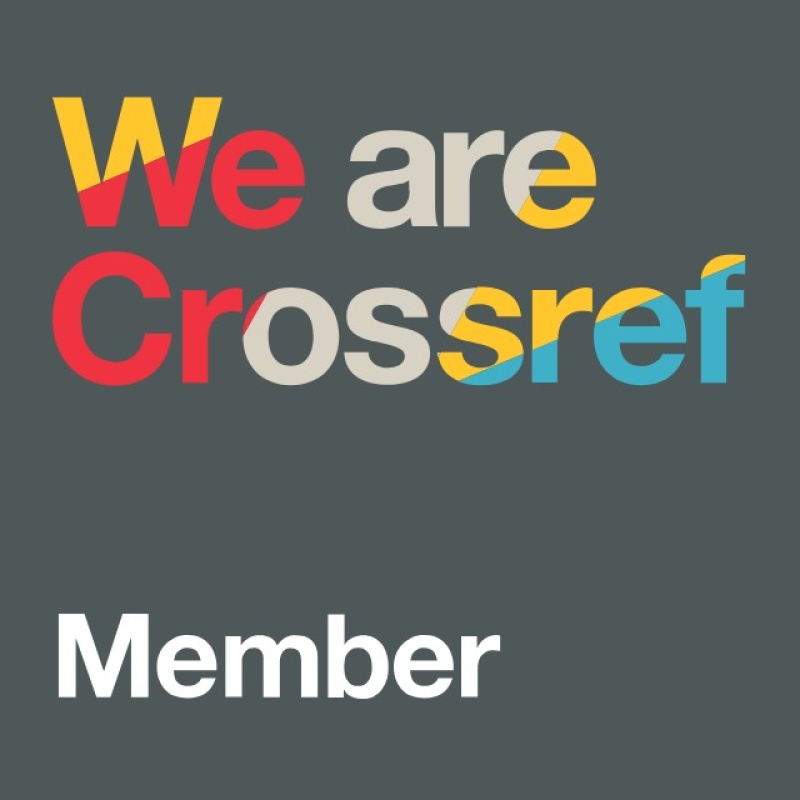Pengaplikasian Model Pembelajaran Project Based Learning (PjBL) Berbasis Karakteristik Serangga di Sekitar Danau Ranu Kumbolo pada Mata Kuliah Entomologi
DOI:
https://doi.org/10.36312/bjkb.v2i3.109Keywords:
Project Based Learning, Entomology, Science Process Skills.Abstract
The online learning policy was implemented during the Covid 19 pandemic in various countries in the world. Problems arise in learning biology that requires laboratory experiment activities. This research provides an innovation in entomology learning with the Project Based Learning (PjBL) learning model using insect biodiversity in the local ecosystem, namely Lake Ranu Kumbolo. This study aims to determine the ability of science process skills and student responses using the Project Based Learning (PjBL) learning model. Project Based Learning (PjBL) is one of the learning models that are set in the independent learning process to learn independent campuses. The research was conducted with exploratory descriptive research method. Science process skills and student project products are measured using a rubric. Student learning outcomes are measured using quiz questions with the google form application. Meanwhile, student responses were measured using a questionnaire. Based on the results of the study, it showed that the science process skills of students who were taught using the Project Based Learning (PjBL) learning model were in the good and very good categories. The output produced is a practicum guide based on the assessment rubric which is in good and very good grades. Student responses about the application of the Project Based Learning (PjBL) learning model in entomology courses are in the agree and strongly agree categories. Student learning outcomes showed an average in the good and very good categories. The application of the Project Based Learning (PjBL) learning model is able to stimulate the ability of science processes and student learning outcomes in entomology courses. The Project Based Learning (PjBL) learning model is very appropriate to be applied to fields of science that require a lot of experimental activities. Because it is carried out in small research groups, the Project Based Learning (PjBL) learning model is very appropriate to be applied in learning during the Covid 19 pandemic.
Downloads
References
Affandi, M., Mitsuru, T., Kamil, M., & Suryadi, A. (2021). The Effect of Project Based Learning Models on Improving Student Learning Results on Entrepreneurship Education. Paris: Atlantis Press.
Chen, J. C. C. (2019). Designing Online Project-Based Learning Instruction for EFL Learners: A Web Quest Approach. MEXTESOL Journal, 43(2), 1-7.
Hayashi, T., & Miao, J. (2011). Intertemporal Substitution and Recursive Smooth Ambiguity Preferences. Theoretical Economics, 6(3), 423-472. https://doi.org/10.3982/TE843
Kusumawardini, S. S., & Tim KPT Dikti. (2021). Reorientasi Kurikulum Prodi Memfasilitasi MBKM serta Team Based Project dan Case Method. Yogyakarta: Universitas Gadjah Mada.
Sarwi, S., Baihaqi, M. A., & Ellianawati, E. (2021). Implementation of Project Based Learning Based on STEM Approach to Improve Students’ Problems Solving Abilities. Journal of Physics: Conference Series, 1918(2021), 1-5. 10.1088/1742-6596/1918/5/052049
Semuel, M. Y. (2013). Karakter Morfologi, Sumber Pangan, dan Bioaktivitas Farmakologis Racun Lebah Madu Endemik Sulawesi Apis dorsata Binghami dan Apis nigrocincta Smith (Hymenoptera: Apidae). Disertasi. Universitas Sam Ratulangi.
Semuel, M. Y., & Wurarah, M. (2019). Development of Audio Visual Learning Media of Biology on the Concept of DNA, Based on the Result of Molecular Identification of Payangka Fish from Lake Tondano. European Journal of Health and Biology Education, 8(1), 1-17. 10.12973/ejhbe.8.1.1
Semuel, M. Y., Wurarah, M., & Sumampouw, H. M. (2021). Pembelajaran Biologi Berbasis Eksperimen Menggunakan Lalat Buah Isolat Lokal. Sleman: Bintang Pustaka Madani.
Sumampouw, H. M., Semuel, M. Y., & Oka, D. N. (2017). Analysis of Cythochrome Oxidase Sub Unit 1 Gene (CO1) of Fruit Fly (Droshophila sp.) from Pineapples and Aplication in Teaching DNA in Senior High School. International Journal of Advanced Education and Research, 2(2), 71-77.
Torrecilla, J. S., de-Rozas, B. G., & Cancilla, J. C. (2021). Thinking-Based Learning at Higher Education Levels: Implementation and Outcomes within A Chemical Engineering Class. Journal of Chemical Education, 98(3), 774-781. 10.1021/acs.jchemed.0c00283
Tran, T. Q., & Tran, T. N. P. (2021). Vietnamese EFL High School Students' Use of Self-Regulated Language Learning Strategies for Project-Based Learning. International Journal of Instruction, 14(1), 459-474. 10.29333/iji.2021.14127a
Tretten, R., & Zachariou, P. (1997). Learning About Project-Based Learning: Assessment of Project-Based Learning in Tinkertech Schools. San Rafael, CA: The Autodesk Foundation.
Virtue, E. E., & Crawford, B. N. H. (2019). We’re Doing Things That are Meaningful: Student Perspectives of Project-Based Learning Across the Disciplines. Interdisciplinary Journal of Problem-Based Learning, 13(2), 1-11. https://doi.org/10.7771/1541-5015.1809

Downloads
Published
How to Cite
Issue
Section
License
Copyright (c) 2022 Harry Ngulandoro, Jamaluddin Prawira, & Makmur Purnatapa

This work is licensed under a Creative Commons Attribution-ShareAlike 4.0 International License.
-
Attribution — You must give appropriate credit, provide a link to the license, and indicate if changes were made. You may do so in any reasonable manner, but not in any way that suggests the licensor endorses you or your use.
-
ShareAlike — If you remix, transform, or build upon the material, you must distribute your contributions under the same license as the original.

